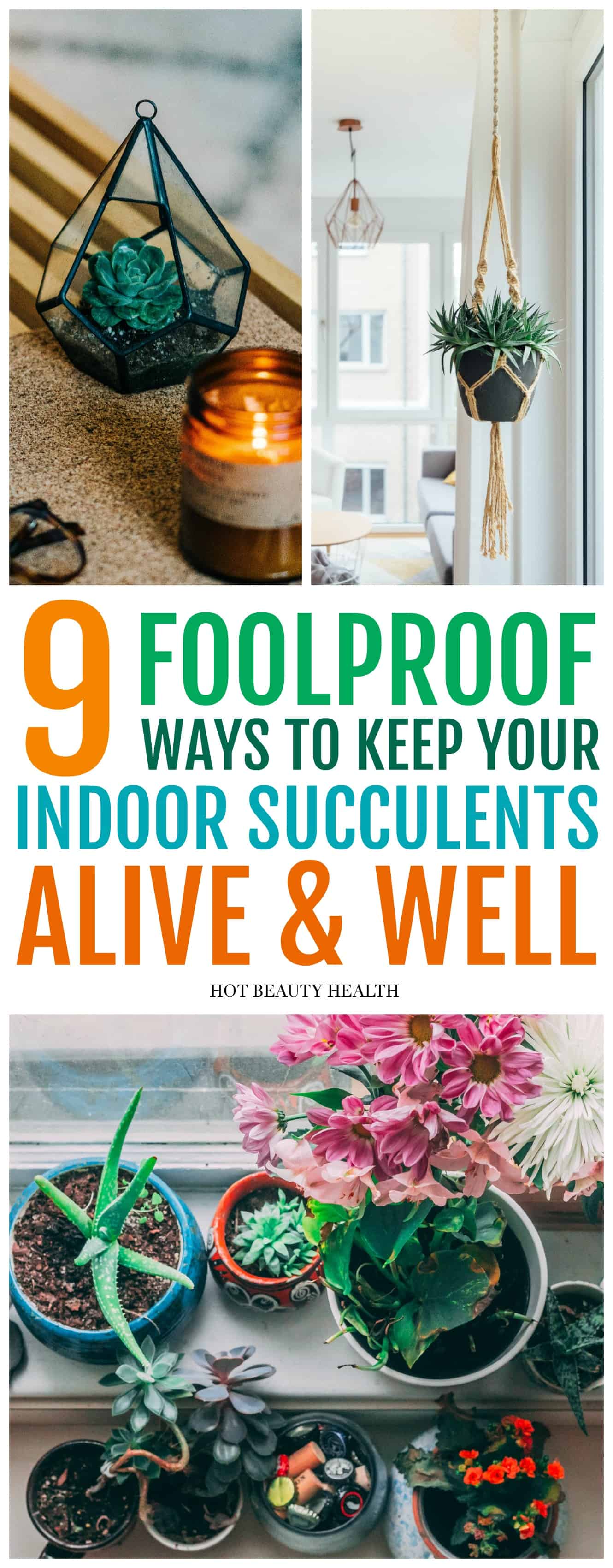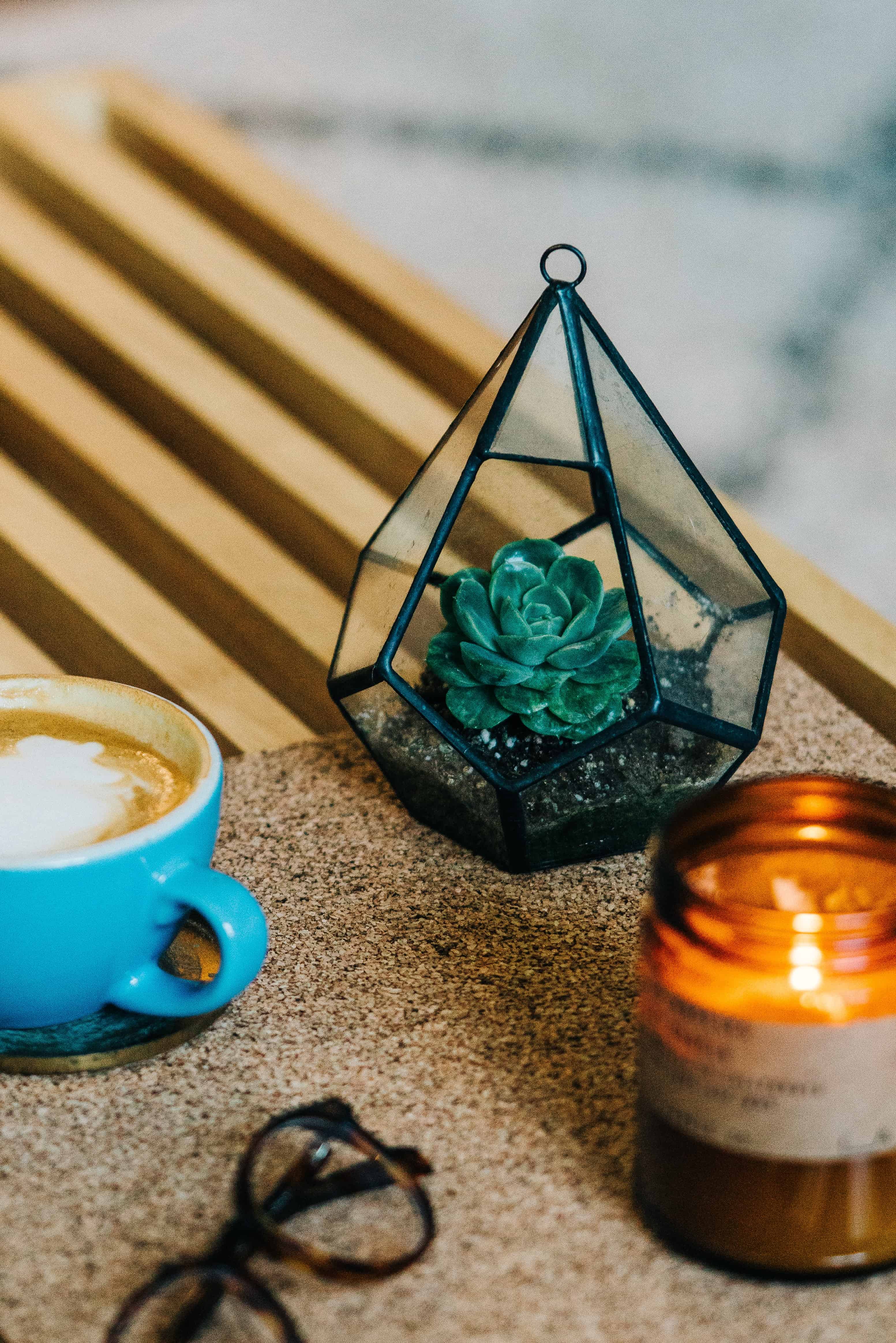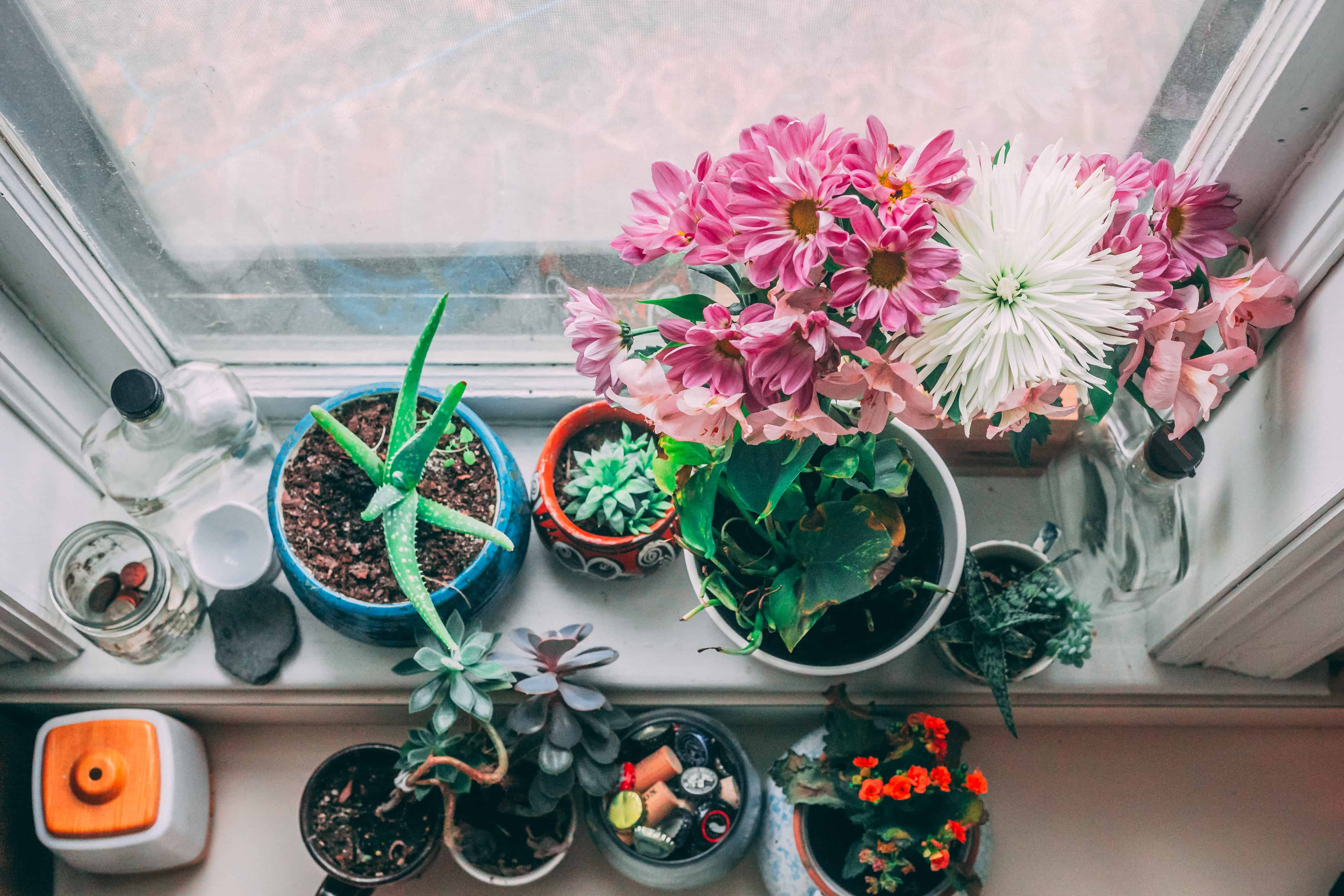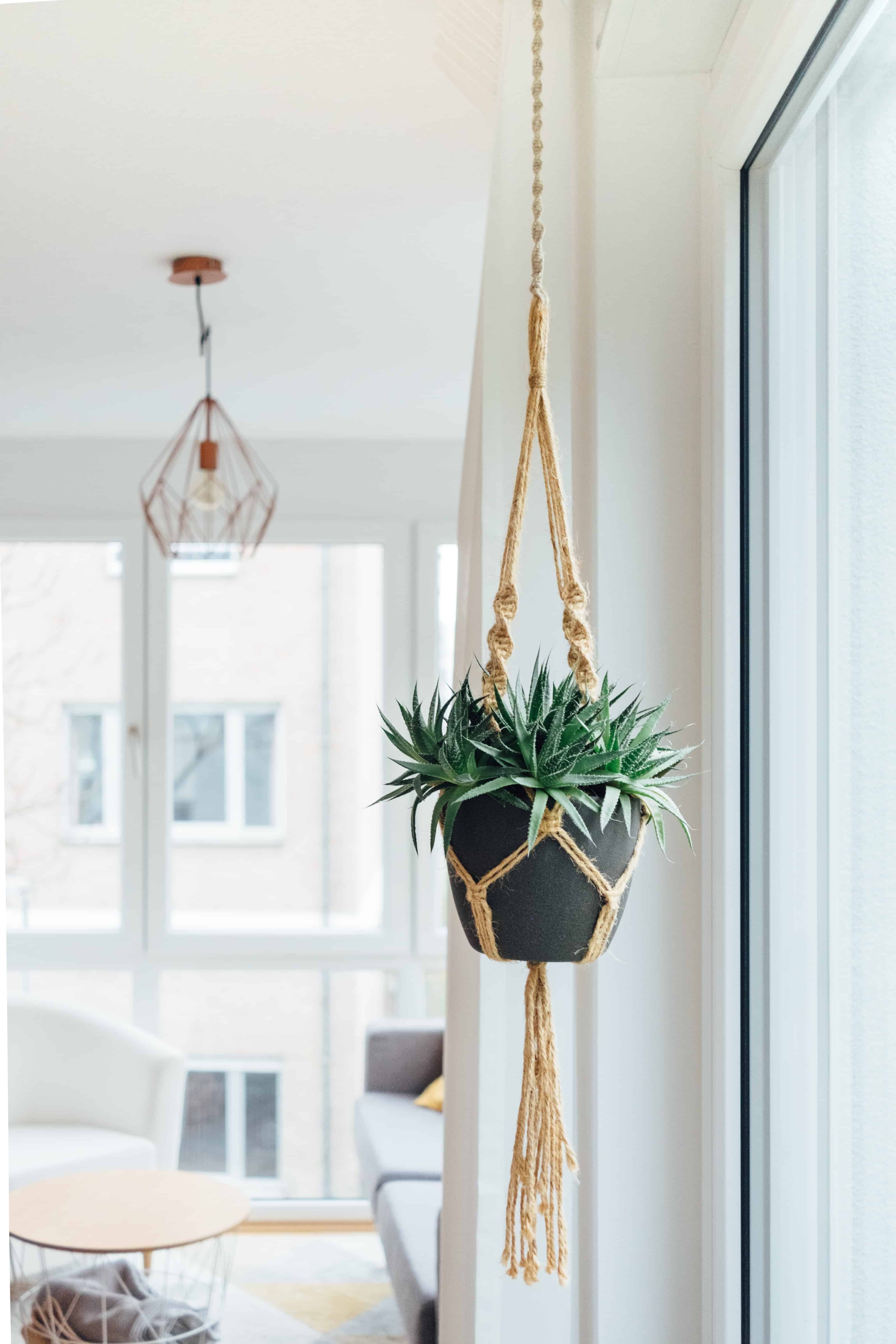9 Foolproof Ways To Take Care Of Indoor Succulents
Although succulents are often hailed as one of the easiest low-maintenance indoor plants to care for, many people don’t have the best of luck keeping these colorful and shapely gems alive and healthy. When it comes to successful indoor succulent care, knowing what not to do is as important as following tips on what to do. Below are some tips and tricks that most anyone can apply to their beloved succulents to ensure their health and longevity indoors.
1) Succulents Need Good Air Circulation
As most succulents prefer the outdoors, replicating outdoor conditions such as good air flow is key to successful indoor succulent care. So to take care of indoor succulents, think of the qualities provided by nature, such as air flow and space.
2) Choose a Good Soil Type
Succulents are picky about their soil. They will do best with a quick-draining cactus soil mix as they don’t like to sit in water. This soil type can also be created by adding perlite, pumice, or crushed lava to regular potting soils. While soils with water retention are good for other plants that do not enjoying drying out, like cacti, succulents are plants that thrive in dryer conditions.
3) Succulents Need some Shade
Contrary to popular belief, succulents, especially those that are small, pale, or solid green, do have shade requirements that need to be met. To avoid giving your succulents a sun burn, especially in high-temperature locations, be sure that the succulents get a break from the sun’s scorching rays. With the perfect light/shade combination, your succulents will have it made in the shade.
4) Water Amount
Water is key to successful succulent care indoors. They don’t need much water due to their fleshy water-storing stems, but that doesn’t mean they don’t need water, period. Succulents need water when their soil is approaching dry. Over watering will most certainly result in a quick death for your plants, but under watering can be just as harmful as it will cause root rot. To break it down, for small succulent pots, watering once a week should suffice; for larger pots, watering once every two weeks should be adequate. So not to confuse you, don’t under or over water your succulents!
5) Feed Your Succulents
In terms of fertilizing your plants, succulents are fairly low-maintenance. They only need feeding about once a year. For best results, opt for an organic fertilizer with the recommended dose halved. It is also recommended to fertilize at the start of the succulent’s growing season to get the most out of the feeding.
READ: 7 Plants That Will Actually Keep Plants Away
6) The Importance of Drainage
Succulent roots are highly susceptible to root rot if they are exposed to excess water, so choose planters that have drainage holes or add them yourself. If your container does not have a drainage hole but you are still determined to use it, be sure to water very sparingly. Unglazed clay pots are also recommended as they are a naturally porous material that will not hold excess water and provide better levels of air circulation.
7) Know your Succulents
When designing your indoor succulent garden, do your due diligence beforehand and find out exactly which varieties perform better indoors. Agave and Aloe plants are known to do well indoors in sunny locations, but succulents that are purple, orange, or grey in color are known to do better outdoors. The greener the leaves are, the better they are likely to do indoors.
8) Temperature
Succulents are natural sun and warm-temperature lovers. During seasonal changes when temperatures take a dive, consider moving your succulents to warmer areas of the house where they are away from cold drafts and even colder temperatures.
9) Propagation Techniques
While you can indeed propagate your succulents, this should not be done in the same manner as with many other plants. What you might do with others such as snipping a stem and placing it in water until the roots start to grow is not as effective with succulents.
For propagating succulents, it is recommended you do the opposite. You would remove a stem and place it in the shade for at least three days, or until it has completely dried out. Known as ‘healing’, this process forms a callus, which prevents rot. Next, place the dried stem in your soil mix and practice the aforementioned care, and you should have successfully propagated a beloved succulent.





2 Comments